Nationality United States Fields Geology Parents John Bascom | Name Florence Bascom | |
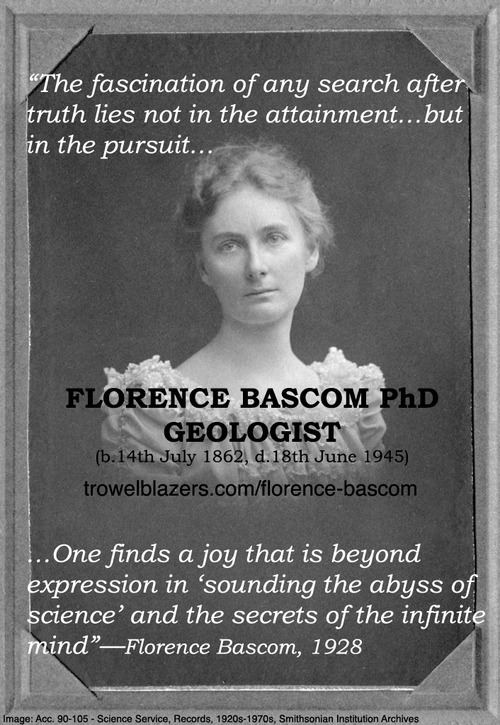 | ||
Institutions Ohio State UniversityBryn Mawr College Books Bulletin of the United States Geological Survey Similar People John Bascom, Carolyn S Shoemaker, Eugene Merle Shoemaker | ||
MLNQ Florence Bascom CS110
Scientists teach Zombie STEM Camp Defenders about the planet Mars
Florence Bascom (July 14, 1862 – June 18, 1945) was the second woman to earn her Ph.D in geology in the United States, and the first woman hired by the United States Geological Survey. Apart from being one of the first women to earn a master's degree in geology, she was known for her innovative findings in this field. She led the next generation of notable female geologists.
Contents
- MLNQ Florence Bascom CS110
- Scientists teach Zombie STEM Camp Defenders about the planet Mars
- Early life and education
- Work
- Named in honor of Florence Bascom
- Publications
- References
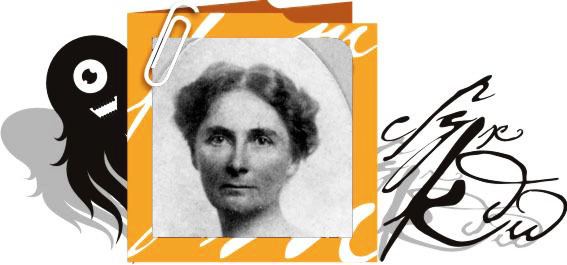
Early life and education
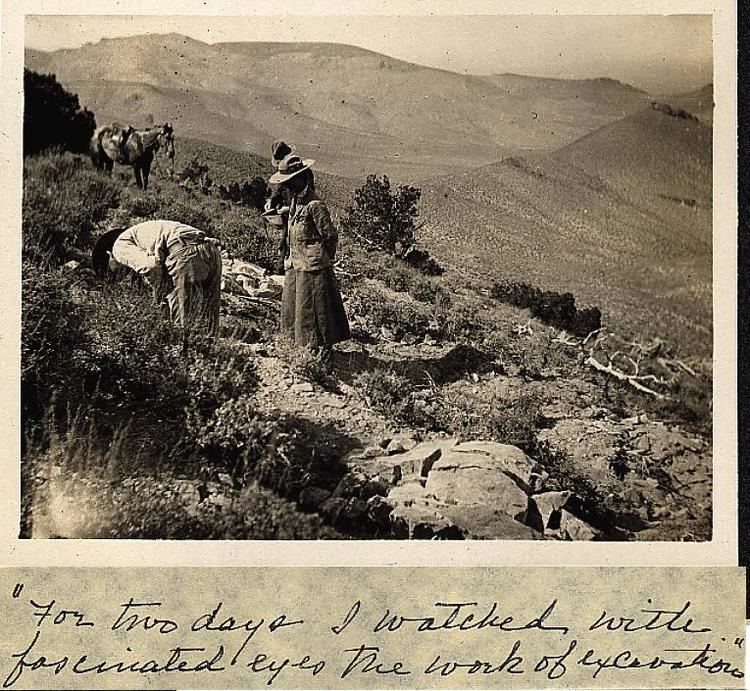
She was born in Williamstown, Massachusetts on July 14, 1862. Her father, John Bascom, was a professor at Williams College, and later President of University of Wisconsin-Madison. Her mother, Emma Curtiss Bascom, was a women's rights activist involved in the suffrage movement. Her parents were steadfast supporters of women's rights and encouraged women to obtain a college education.

Florence Bascom earned a B.A. and a B.Litt. degree in 1882, and a B.S. in 1884 from the University of Wisconsin, and stayed there to obtain her M.S. degree in 1887. During that time women had limited access to educational resources like the library and gymnasium, and also limited access to classrooms if they already had men in them. Her professors at University of Wisconsin, Charles Van Hise and Roland Irving, were part of the USGS. Bascom received her Ph.D at Johns Hopkins University. While studying at Johns Hopkins she was forced to sit behind a screen so as not to disturb the men.
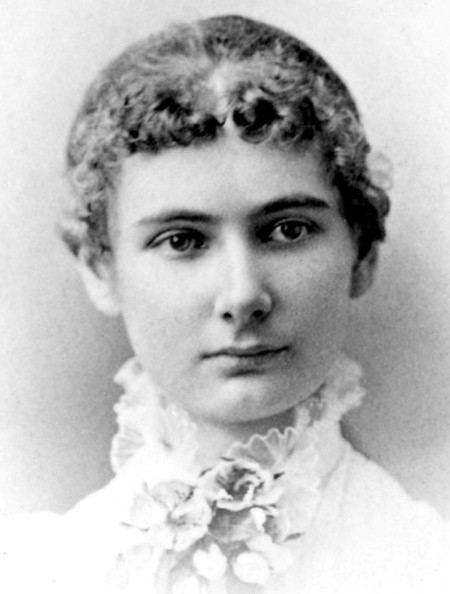
Although she was the second woman to obtain a Ph.D in Geology, she was the first female geologist to present a paper before the Geological Survey of Washington, in 1901. She was also the first woman elected to the Council of the Geological Survey of America (in 1924; no other woman was elected until after 1945). She started her college teaching career in 1884 at the Hampton School of Negroes and American Indians (currently known as Hampton University), working there for a year before going back to university of Wisconsin for her master's. She taught mathematics and science at Rockford College from 1887 to 1889, and later at Ohio State University from 1893 to 1895.
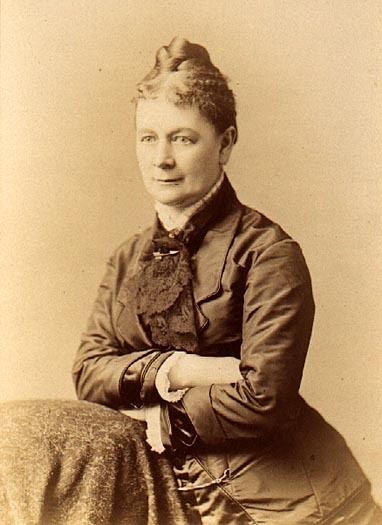
She left Ohio State University to work at Bryn Mawr College where she could conduct original research and teach higher level geology courses. There she founded the Department of Geology, and started a graduate program that trained many of the first women geologists of the 20th century.
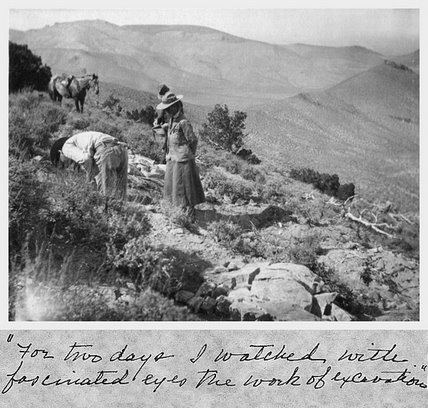
Bascom retired from teaching in 1928 but continued to work at the U.S. Geological Survey until 1936.
Work
Bascom received the position of assistant geologist at the U.S. Geological Survey in 1896, and was the first woman to be appointed. From 1896 to 1908, she was an associate editor of the magazine American Geologist.
Bascom was promoted to geologist in 1909 by the USGS and assigned the Mid-Atlantic Piedmont region of the United States. A great deal of her work involved the crystalline rocks and geomorphology of this region. This work is still influential in the 21st century. She created well-known U.S. Geological Survey folios on Philadelphia (1909), Trenton (1909), Elkton-Wilmington (1920), Quakertown-Doylestown (1931), and Honeybrook-Phoenixville (1938).
She was given 4 stars in the first edition of American Men and Women of Science (called American Men of Science at the time), a very high honor for a scientist of any gender.
She is also credited with contributing greatly to the understanding of how the Appalachian mountain range had been formed through her studies with the research process of petrology.
Bascom was a professor of geology at Bryn Mawr College for 33 years, developing the single geology course into a full major, and later into a graduate program. She influenced and taught most of the women geologists of the late 19th and early 20th centuries, establishing her impact on the future of geological research in the United States. Her students described her as incisive, rigorous and consistent.
In 1928 Bascom retired from her long and influential teaching career. Although retired, she continued to work for the USGS until 1936.
Bascom's dissertation, on the re-identification of certain rocks thought to be sedimentary as actually metamorphic rocks formed from lava, used cutting-edge petrographic techniques and was highly influential to the field of geology.
She had several students who became members of the USGS: Eleanora Bliss Knopf, Anna Jonas Stose, Louise Kingsley, Katharine Fowler-Billings, Mary Porter, Julie Gardner, and Ida Helen Ogilvie.
In 1894, Bascom was the second woman elected to the Geological Society of America. She became a councilor in 1924 and a vice-president of the society in 1930. She was a member of the United States National Research Council and of the American Geophysical Union. The Geological Society of Washington allowed her to present a paper; she was the first woman afforded that honor.
Florence Bascom died of a stroke (cerebral hemorrhage) on June 18, 1945. She is buried in a Williams College cemetery in Williamstown, close to family members.
Named in honor of Florence Bascom
Publications
Florence Bascom published over 40 articles on genetic petrography, geomorphology, and gravel. Her own account of her youth in Madison may be found in the Wisconsin Magazine of History, March 1925.
